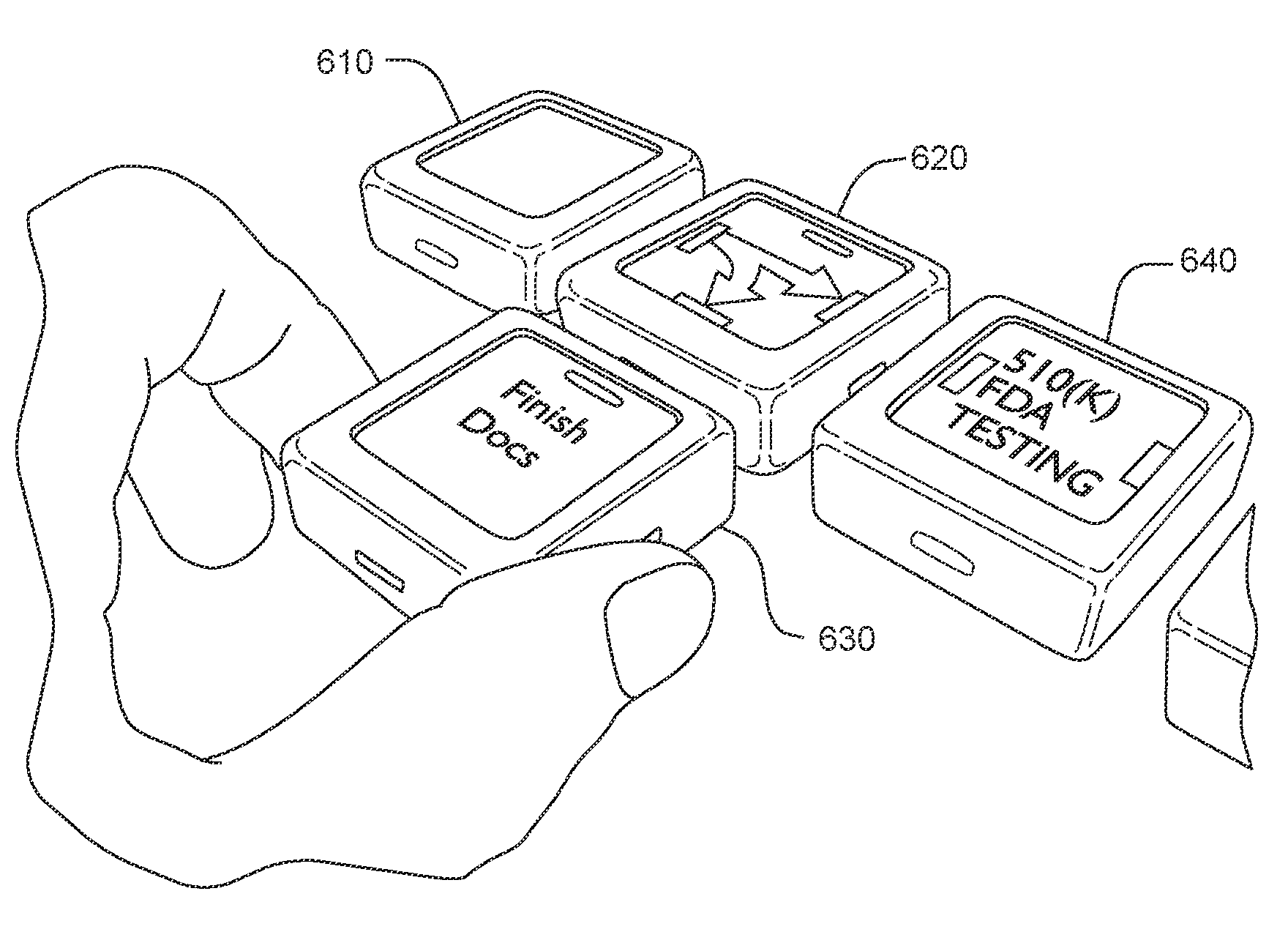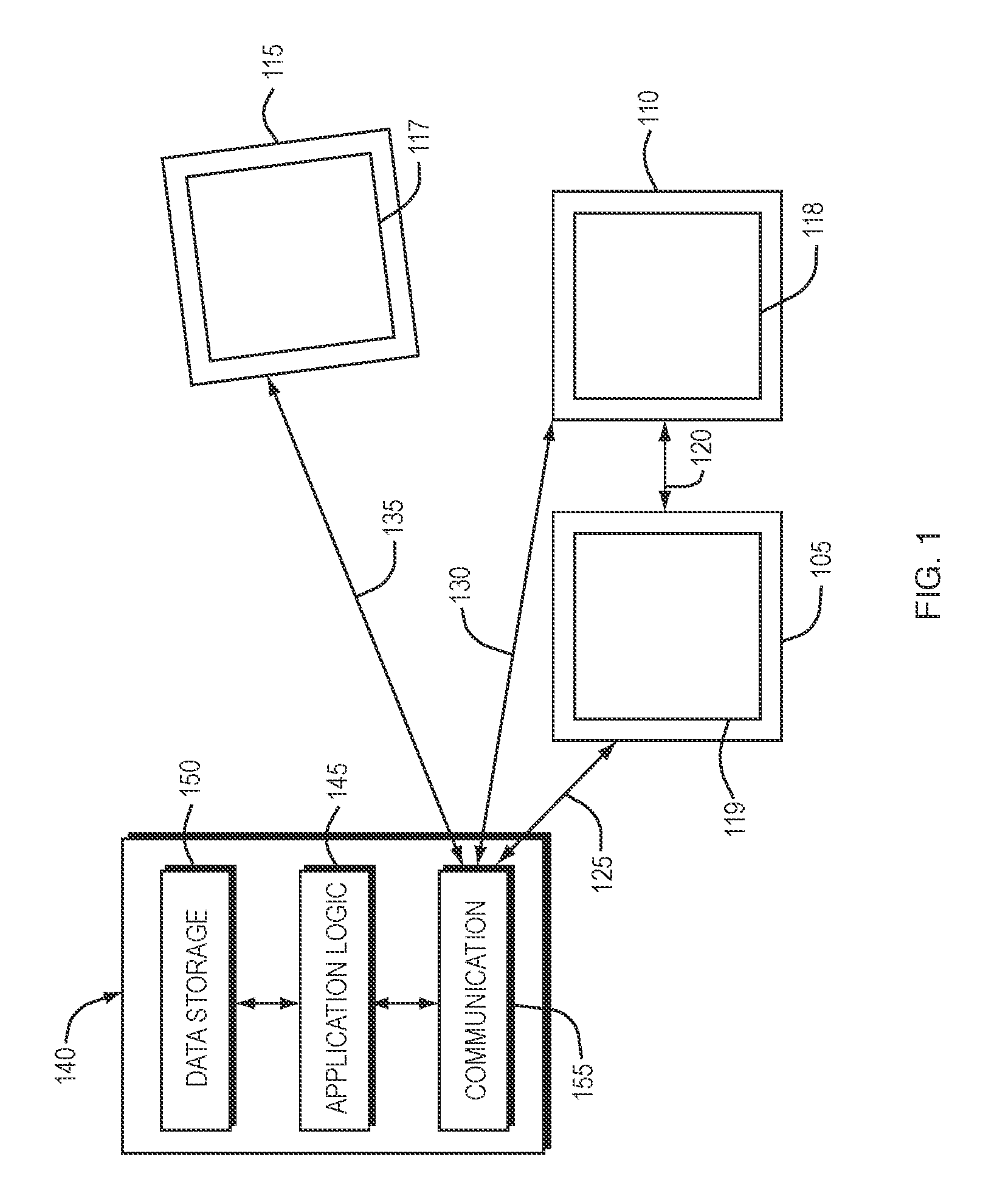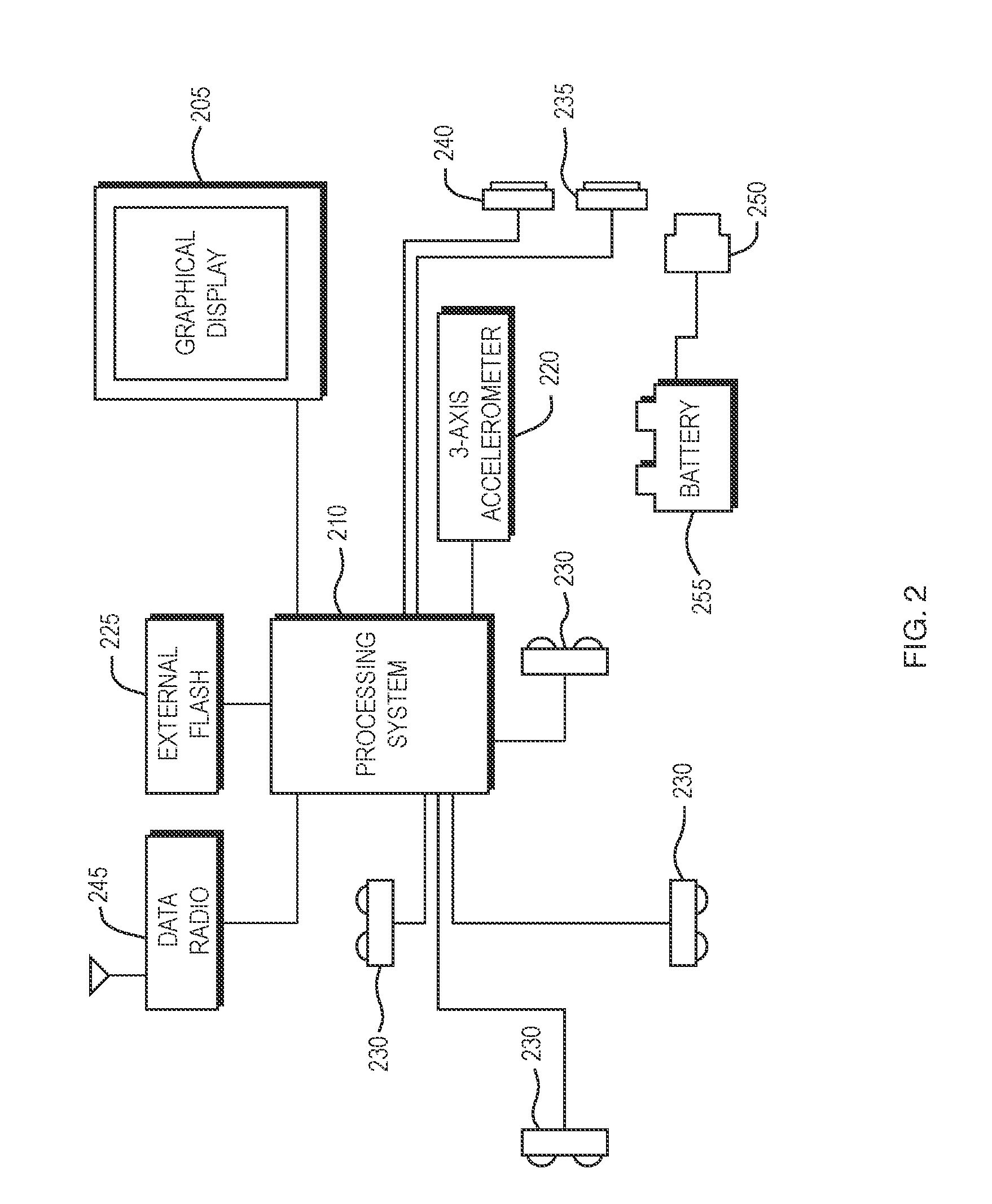Sensor-based distributed tangible user interface
a distributed, tangible technology, applied in the field of computer user interfaces, can solve the problems of limited application domains of uis featuring special-purpose objects, tasks that typically do not effectively leverage the full range of physical manipulation skills, and cost, and achieve the effect of facilitating user interaction
- Summary
- Abstract
- Description
- Claims
- Application Information
AI Technical Summary
Benefits of technology
Problems solved by technology
Method used
Image
Examples
Embodiment Construction
[0035]The present invention is a platform that applies technology and methodology from wireless sensor networks to tangible user interfaces in order to yield new possibilities for human-computer interaction. The distributed tangible user interface, or Sensor Network User Interface (SNUI), of the present invention is a platform for physical interaction with information and media, comprising compact devices with sensing, display, and wireless communication capabilities. These devices can be physically manipulated as a group in order to permit a user to efficiently interact with digital information and media. The present invention permits people to interact with information and media in physical, natural ways that approach their interactions with physical objects in their everyday lives.
[0036]As used herein, the following terms expressly include, but are not to be limited to:
[0037]“Manipulative”, “Tangible user interface manipulative”, “Tangible user interface manipulative device”, and...
PUM
 Login to View More
Login to View More Abstract
Description
Claims
Application Information
 Login to View More
Login to View More - R&D
- Intellectual Property
- Life Sciences
- Materials
- Tech Scout
- Unparalleled Data Quality
- Higher Quality Content
- 60% Fewer Hallucinations
Browse by: Latest US Patents, China's latest patents, Technical Efficacy Thesaurus, Application Domain, Technology Topic, Popular Technical Reports.
© 2025 PatSnap. All rights reserved.Legal|Privacy policy|Modern Slavery Act Transparency Statement|Sitemap|About US| Contact US: help@patsnap.com



